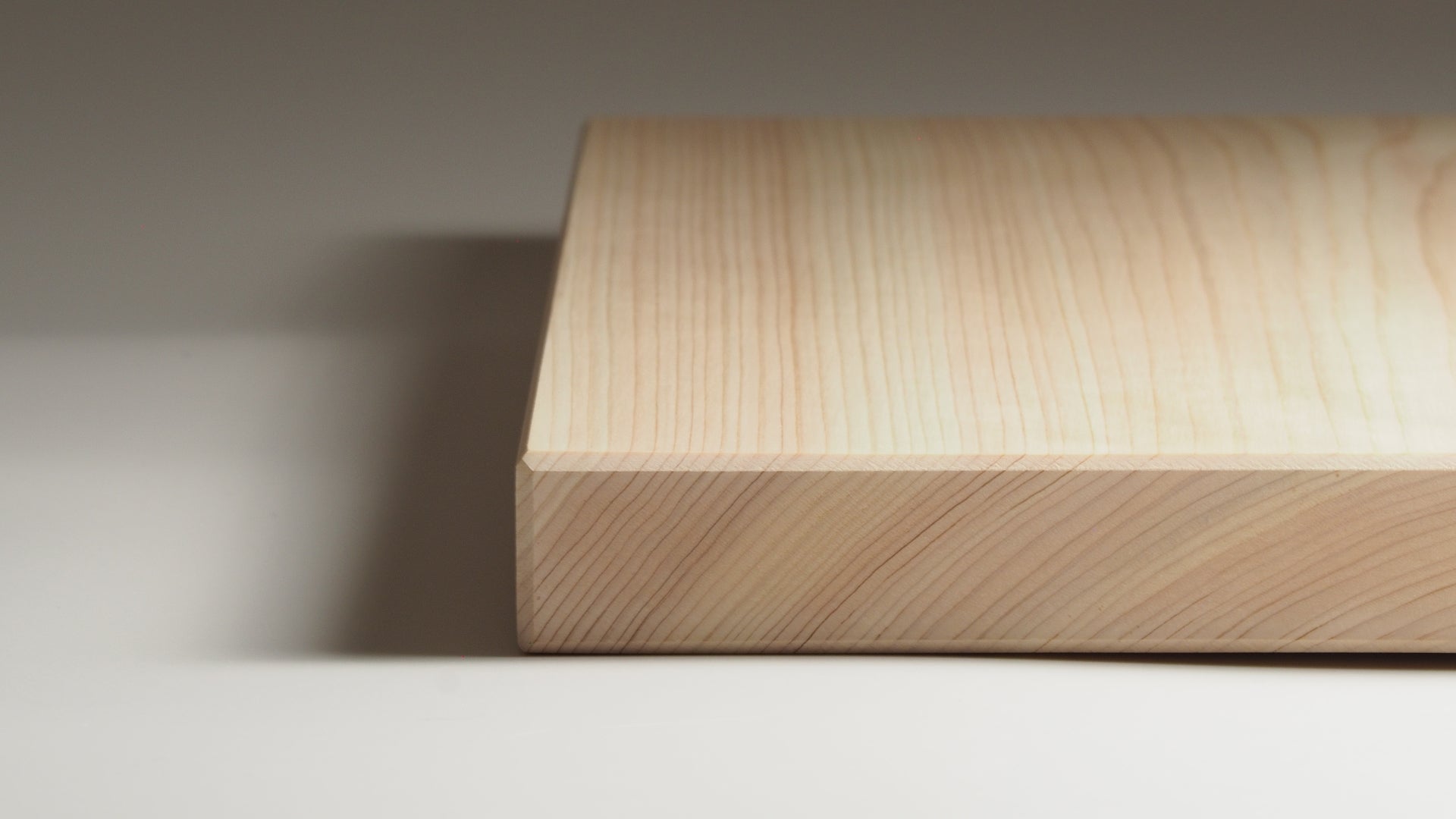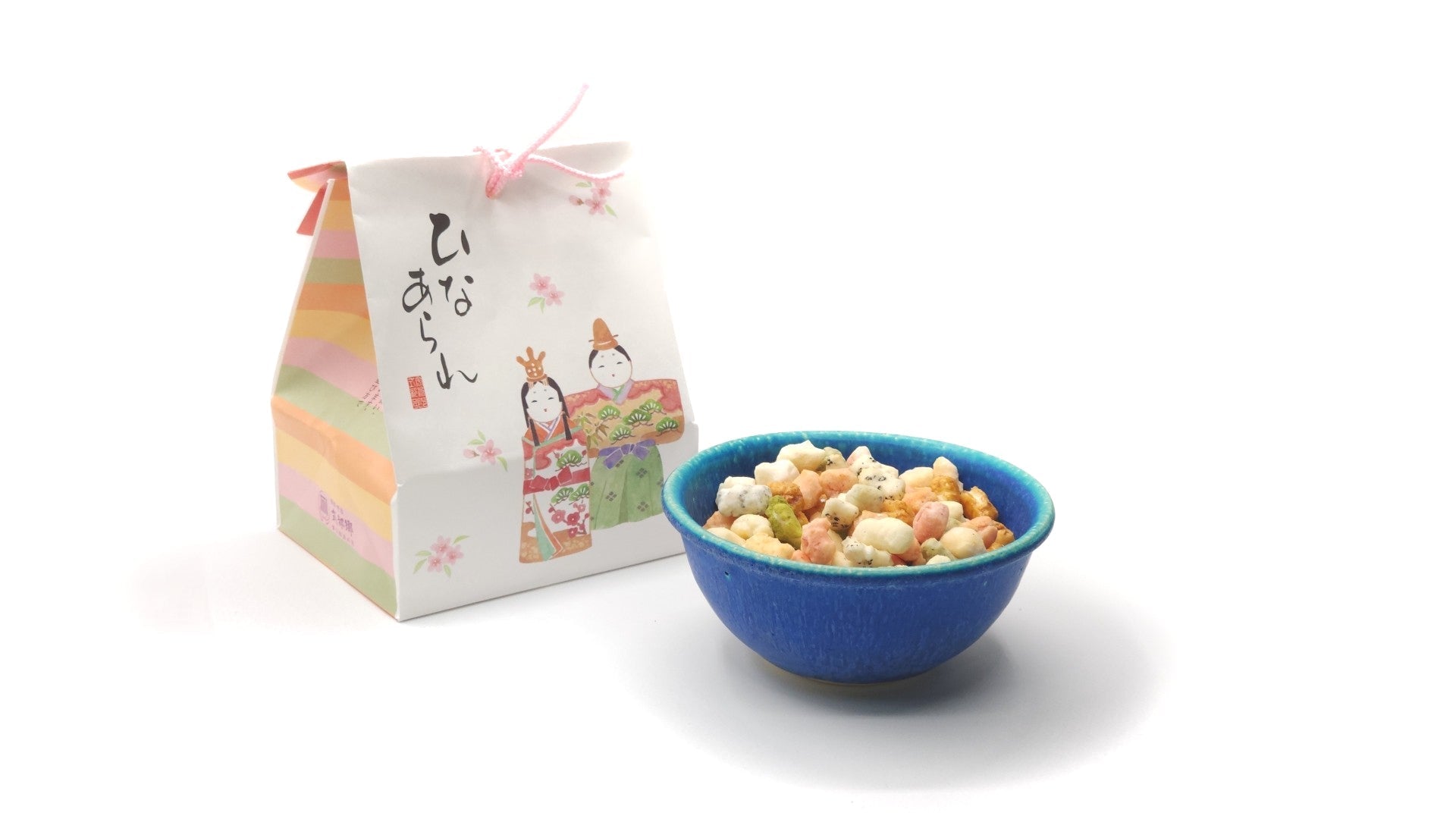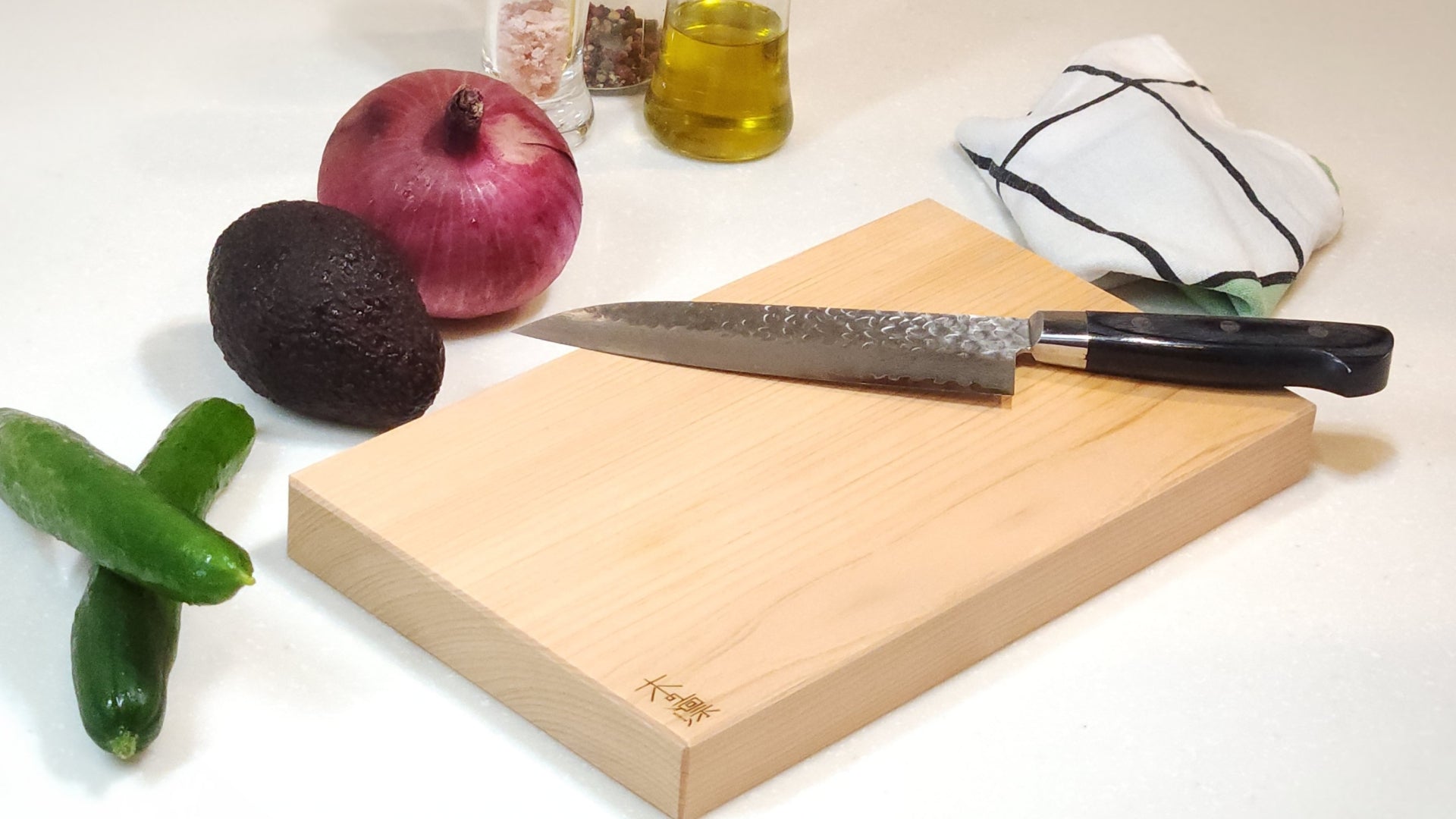
How to Take Care of a Wooden Cutting Board: The Essential Manaita Guide
Knowing how to take care of a wooden cutting board isn’t just about maintenance. It’s about protecting your knives, preserving your ingredients, and honoring a tool that has quietly stood at the center of kitchens for centuries.
If you’ve ever wondered how to take care of a wooden cutting board the right way, this guide will walk you through each essential step.
Now, when the board in question is a traditional Japanese manaita made from hinoki wood, proper care becomes vital to preserving its beauty, function, and tradition.
In this essential manaita guide, we’ll go beyond basic cleaning and drying tips.
We’ll explore how to properly use, clean, sanitize, and store your board correctly. We’ll cover some common mistakes that can shorten your wooden board life, and the quiet, refined wisdom of Japanese tradition that turns a handmade cutting board into a trusted companion in the kitchen.
If you're looking to elevate both your kitchen habits and the longevity of your board, read on.
Why Wooden Cutting Boards Deserve More Attention
Cutting boards may seem like background tools, but the surface you work on impacts everything, from knife performance to hygiene.
A high-quality solid wood cutting board surface doesn’t just support your knife, it protects its edge, softens your movements, and provides an antibacterial, non-toxic platform for food preparation.
This becomes even more important when we talk about a 100% solid wood cutting board with no glue or chemicals added, such as a handcrafted Japanese cutting board.
These boards are cut from a single slab of wood shaped without adhesives, toxins, or resins. What you hold is pure nature, refined into something practical.
Why Glue-Free, Solid Wood Cutting Boards Make a Difference
Unlike mass-produced boards bonded with adhesives or synthetic compounds, a handcrafted manaita is made from a single piece of wood. This solid-core build preserves the integrity of the material and allows for better hygiene, easier restoration, and longer life.
You're not just buying a cutting surface, you’re investing in a kitchen companion that can grow with you over years of daily use.
When properly cared for, tools like a manaita, can offer years of service and a depth of character that plastic, rubber, or even composite boards can’t replicate.
If you want to experience the difference of authentic Japanese craftsmanship, explore our full Manaita collection made from hinoki wood.
From pre-wetting to proper storage, learning how to take care of a wooden cutting board is all about building mindful kitchen habits.
Before use: The Japanese Way
Wetting the Manaita: A Simple but Powerful Ritual
Step into a traditional Japanese kitchen and you’ll notice a few subtle rituals.
One of them involves wetting the cutting board surface before each use. Why?
Well, wood is porous, so by saturating it slightly with water, you limit its ability to absorb juices from meat, vegetables, or fruit. This significantly reduces the formation of stains, odors, and bacterial buildup. It also helps prevent your manaita from drying unevenly.

Hinoki manaita being rinsed before use
This simple step is a powerful one, especially with hinoki wood. Hinoki’s natural oils give it antibacterial properties, but pre-wetting protects those oils and enhances performance.
Another useful tradition is placing a damp cloth beneath the board. Not only does it prevent slipping, it anchors your space, a subtle cue that what you’re about to do requires intention.
After Use: Cleaning and Sanitize Without Damage
This is where most people get it wrong.
The dishwasher is the mortal enemy of a natural wood chopping board. Even if the board looks sturdy, repeated cycles of hot water, detergent, and steam will cause warping, cracking, and loss of the natural oils that protect the wood.
Understanding how to take care of a wooden cutting board not only extends its lifespan by years but also ensures a hygienic, safe surface for food preparation while helping to preserve the sharpness of your knives.
So how to clean it and most important, how to sanitize a wooden cutting board after use?
How to Clean and Sanitize Your Manaita Safely
Start your wood cutting board care routine by rinsing the board with warm (not boiling) water.
Skip soap unless absolutely necessary as harsh detergents can strip the wood of its natural oils and interfere with its antibacterial properties. (This step is particularly important for Hinoki cutting board care).
Instead, clean it with a soft sponge or cloth, scrubbing along the grain (try to avoid scrubbing across the grain, as this weakens the wood over time).

Scrubbing along the wood grain helps prevent the board from weakening over time
If any residue lingers, sprinkle a bit of coarse salt on the surface and rub it gently with half a lemon. This old-school technique naturally removes residue, neutralizes odors, and refreshes the board’s surface. It offers an ideal natural cleaning solution for cutting boards without introducing chemicals.
After that, let it dry in a well-ventilated area. Hinoki's antimicrobial oils will handle the rest.
For the sake of completeness, some also report good results using vinegar or baking soda, but since we haven’t tested those methods ourselves, we can’t confidently recommend them.
Drying and Storage: The Forgotten Step
Wooden boards don’t like to be tucked away damp. They need to breathe.
After cleaning, dry your manaita immediately with a clean towel, then let it breathe. Stand it upright in a well-ventilated, shaded area, avoid stacking it, and in general refrain from tucking it away in a closed drawer or under the sink.

Manaita standing upright to dry in a ventilated, shaded area.
Remember that moisture is the enemy here, as over time it becomes the main cause of warping and wood damage, especially in high-humidity environments.
Letting your manaita breathe will help it stay flat, odor-free, and long-lasting.
Ongoing Care and Restoration
Even with daily care, boards evolve.
Over time, your manaita may develop knife marks or minor discoloration. But that’s not damage, I like to think of them as sings of the journey in the kitchen with you.
For this reason, knowing how to take care of a wooden cutting board ensures it remains clean, safe, and durable over time, which is even more important when working with natural woods like hinoki.
However, if you want to refresh your hinoki cutting board, you can occasionally apply food-grade mineral oil or a Hinoki oil on the wood. This hydrates the fibers, prevents cracking, and revives the natural sheen. Avoid oils that go rancid, like olive or vegetable oils.
If deeper scratches form, you can gently sand the board with fine-grit sandpaper and re-oil it.
Planing: A Fresh Surface, Japanese Style
A more professional approach, sometimes used here in Japan, is to take the manaita to your trusted carpenter and plane a light layer from its surface so as to make it smooth and uniform.
This is one reason so many chefs prefer natural wood cutting boards: they can be renewed over and over.
The Deeper Value of Proper Care
Cutting Board Care as a Daily Kitchen Ritual
By now, it should be clear that learning how to care for wood cutting board surfaces isn’t just about longevity. It’s about showing respect for your tools, your ingredients, and your craft.
Each time you rinse, dry, or oil your board, you’re practicing a form of culinary mindfulness. And over time, this practice becomes a habit that extends to everything else you do in the kitchen.
We can say that in the Japanese tradition, a wooden cutting board is not simply cleaned. It is thanked. And while we don’t expect you to bow to your manaita, we do believe that caring for it brings something rare to the modern kitchen: presence.
Give Your Board the Care It Deserves
Knowing how to take care of a wooden cutting board is about more than just rules; it’s about refining your kitchen habits to match the quality of your tools.
When you invest in a solid wood cutting board, especially a handcrafted cutting board like a manaita made from hinoki cypress, you’re choosing simplicity, beauty, and sustainability. The rest is about consistency: rinse with care, dry thoroughly, and oil occasionally.
You’ll be rewarded with a board that lasts for years, even decades, and becomes a silent partner in everything you create.
Ready to upgrade your kitchen with a board worth caring for?
While this article covers general tips on how to take care of a wooden cutting board, the guidance is especially relevant for those made from Japanese hinoki, a wood deeply rooted in tradition and valued for its unique qualities.
Discover our exclusive collection of Japanese handcrafted cutting boards, made from hinoki cypress with zero glue, and refined by artisans in Shiga and Nara prefectures , Japan. Stock is limited.
Shop now and bring the Japanese spirit of care into your kitchen.



